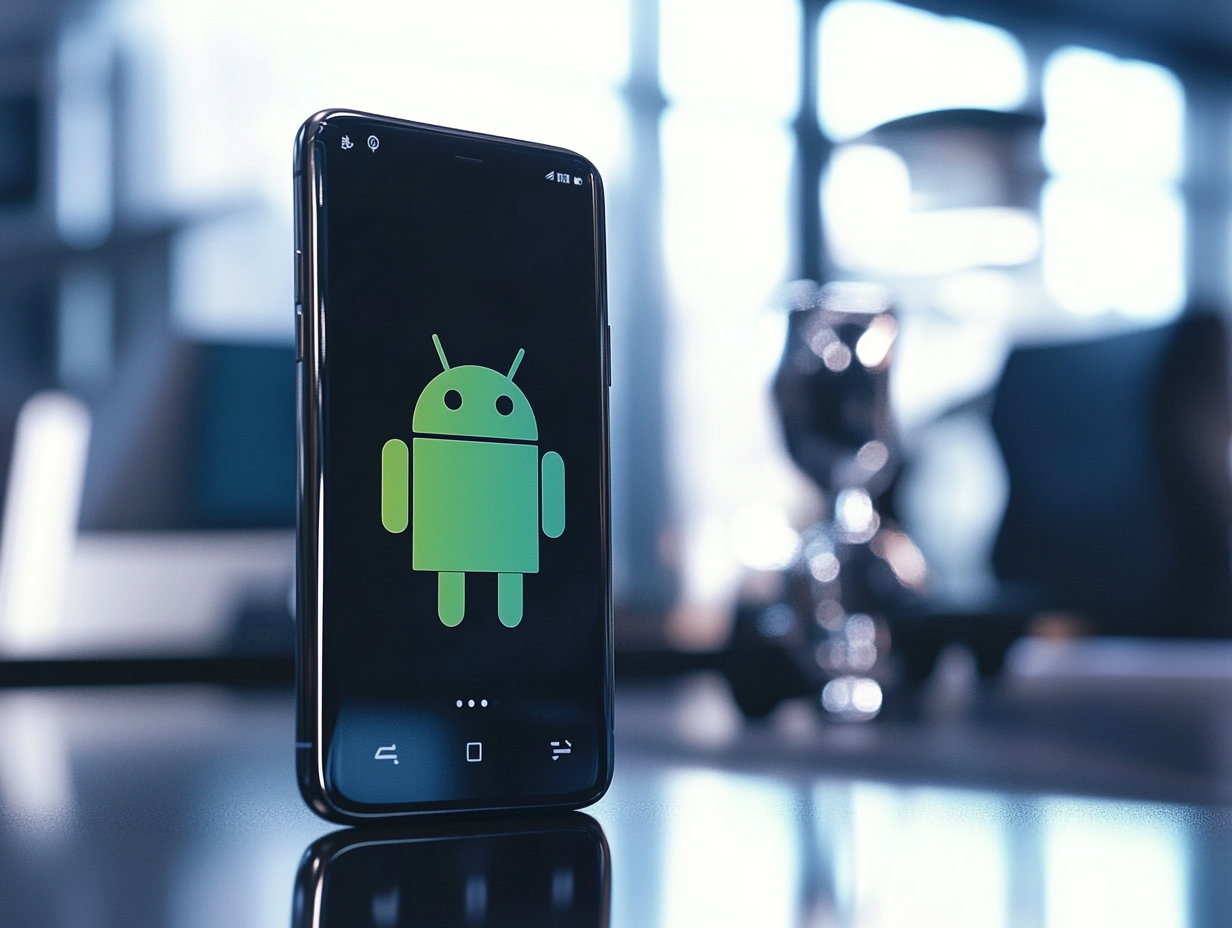The Android 16 release date is coming up fast, especially now the beta version has just hit a major milestone. Today is the day Google releases Android 16 beta 3, which sees the upcoming OS upgrade officially enter its “Platform Stability” phase.
What this means is that Google is gearing up to prep Android 16 for launch. Or, to put it another way, Google has stopped adding new features to the Android 16 beta. Instead, it’s focussing its time and effort on fine-tuning the software, making sure it’s ready for a wider release.
Naturally, Google is using this opportunity to recommend app developers do the same. That way their apps can be ready for Android 16’s official release date, whenever that might be.
New features in Android 16 beta 3
There are still a bunch of new things being added to Android 16 beta 3, however. Google has made a point of mentioning new security and accessibility features, including support for Auracast Bluetooth technology.
Auracast
Auracast is Bluetooth technology that allows audio to be broadcast to a large number of devices — but without going through the usual pairing process first. This is typically used to connect with hearing aids, letting users listen to those broadcasts in crowded or noisy environments.
Examples of this in action include classrooms, train stations and large events like concerts. That way people with compatible hearing aids can still hear everything they need, without having to worry about whether they’ll be able to pick everything up. Your hearing aid presets will be applied to the broadcast as well, meaning there’s one less thing to worry about.
Google has also confirmed that Android 16 beta 3 will also give Pixel 9 devices the chance to connect to Auracast broadcasts via QR codes. That should mean you won’t have to go messing around in the Settings app every time you need to connect.
Outlined text
Another accessibility feature in Android 16 beta 3 is the option to outline text, with the goal of maximizing text contrast for users with low vision. This will replace high contrast text in the operating system, with the aim of helping users better distinguish text from its background.
A new Accessibility Manager API will also allow apps to check and see if this new mode has been enabled.
Local Network Protection
Android 16 beta 3 also gives developers the option to test the Local Area Network protection. This will in turn give the users better control of which apps can access other devices on their network. So rather than giving apps blanket permission to communicate across the users’ home network, apps will actually have to ask for permission first.
That’s a pretty good feature to have. Just like you don’t want to give all apps permission to track your location or access your files, you definitely don’t want them to be able to see and access all devices connected to your home network. That said, there are certain apps that might actually need this functionality. Smart home systems come to mind.
This way Google’s at least giving the user a chance to review which apps can and can’t see what other devices are within reach.
When will Android 16 be released?
Google still hasn’t confirmed when Android 16 will be released, though we do know that it should arrive much earlier than previous Android updates. Rumor has it that we’re looking at a late Q2 release, likely sometime in June. As usual, the update will hit Pixel phones first, while other Android phone makers will need to sort out their own schedule.
What we know for sure is that Android 16 beta’s Platform Stability phase will continue into April, and that the Final Release will come at an unspecified time after that particular month.
No doubt we’ll be hearing more about that at Google I/O. The conference usually happens in early May, and if Android 16 is still on track for a Q2 release then the keynote would be the perfect time to confirm when the update is coming — alongside any new features we haven’t seen in the beta so far.






